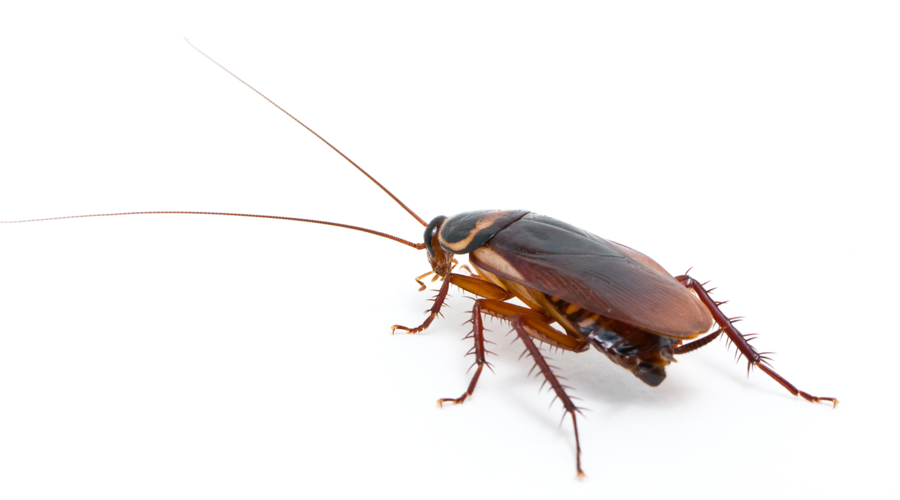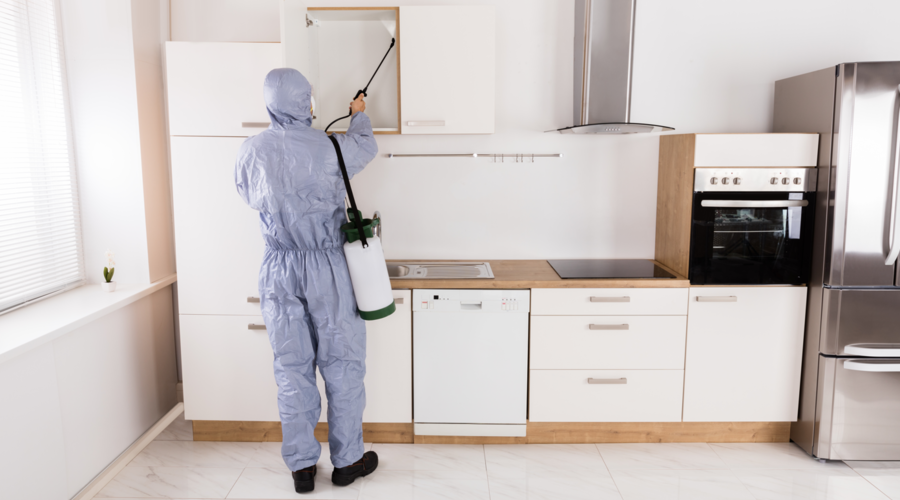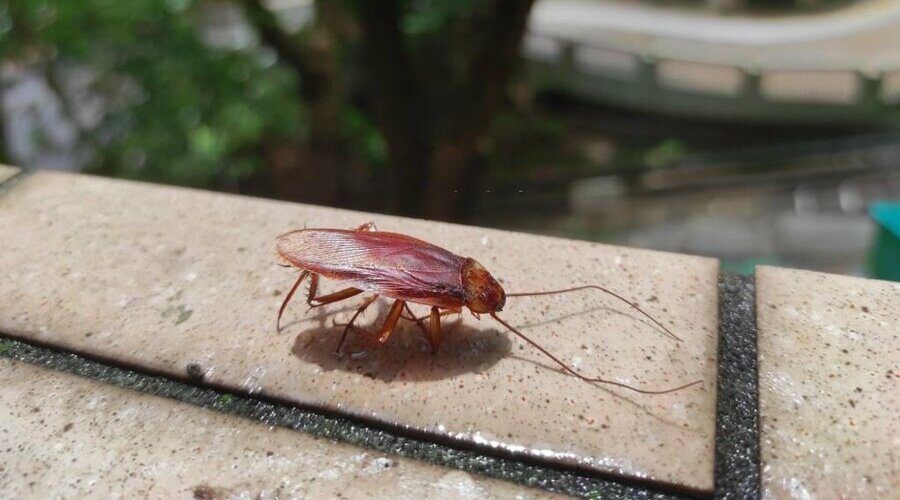7 Expert Tips for a Cockroach-Free Home
Mastering Cockroach Control
Cockroaches are one of the most resilient pests that infiltrate our homes.
Once they take up residence in your house, they can be difficult to evict.
They squeeze themselves into the tiniest cracks and crevices and emerge at night to raid your kitchen.
No one wants to share their space with these creepy crawlies.
The good news is that with diligence and commitment to hygiene and targeted pest control methods, you can gain the upper hand.
This article outlines key tips that will help you kickstart your cockroach control efforts.
Key Takeaways
- Keep your home clean and tidy to eliminate leftover food and water sources.
- Use boric acid and gel baits for effective and safe cockroach control.
- Seal cracks and crevices where roaches hide and nest.
- Set out cockroach traps and monitor to assess the level of roach infestation.
- Prevent them from spreading by isolating infested areas.
- Consider it to contact a reliable and licensed exterminator if you have a serious roach problem.
- Stopping roaches from entering in the first place is key for ongoing prevention.
1. Eliminate Food and Water Sources
Cockroaches need food and water to survive just like any other living creature. The number one step is to get rid of easy access to these basic roach necessities.
Without a steady food supply, the roach population cannot grow and multiply. And limiting water forces them to come out of hiding to look for it, making them vulnerable to traps and insecticides.
- Clean up food scraps and spilled liquids right away. Don’t give them anything to feed on.
- Store food in sealed containers. Remove what they can munch on.
- Fix leaky pipes and drains. Don’t let them drink stagnant water.
- Dry out moist areas. Take away their watering holes.
2. Use Boric Acid
Boric acid is one of the most effective cockroach killers and insect growth regulators and completely safe for humans and pets. It works in two ways:
- Roaches ingest it as they groom themselves and it acts as a stomach poison.
- It abrades their exoskeleton when they walk through it, allowing more intake.
The slow-acting acid destroys their gut lining and causes a chemical imbalance that eventually kills them.
Set out the fine powder in places where roaches travel and nest, like cracks in walls, under appliances, and in cabinets. The powder sticks to their bodies so they carry it back to contaminate other roaches.
3. Use Roach Baits and Gels
Insecticide gels and bait stations draw in roaches with food-based formulas. They take the bait back to their nests to deliver the active ingredient to the whole colony.
Gels: Apply small drops of gel near potential nesting spots like cracks and crevices. Avoid placing them out in the open.
Baits: Use them like traps to monitor activity. See which baits they frequent most to pinpoint the infestation hotspots.
| Method | How It Works |
|---|---|
| Boric Acid | Chemical dessicant that destroys their exoskeleton and gut lining |
| Gels | Concentrated insecticide in a sweet gel formula that sticks to their legs and bodies |
| Baits | Food attractants with small amounts of insecticide; ideal for surveillance |
4. Caulk and Seal Entry Points
To implement an active roach eviction strategy, the first step is shutting down and sealing entry points. Cockroaches are experts at fitting themselves into the smallest gaps and crevices.
Check cabinets, wall outlets, windows, doors, pipes, vents for any cracks or openings. You can use:
- Caulking compound to close gaps
- Steel wool to fill in holes
- Weather stripping to seal moving parts
- Door sweeps to block threshold gaps
This forces them to come out into the open rather than nesting behind walls and cabinets where insecticides won’t reach.
5. Use Sticky Traps for Surveillance
Sticky traps monitor movement and gauge the level of infestation so you know exactly where to target pest control efforts.
Set traps around potential entry points and nesting areas:
- Inside cabinets
- Under appliances
- Baseboards
- Furniture
Check traps weekly to track activity trends
More roaches on the traps means populations are growing. Fewer is a sign your control methods are working.
6. Isolate Heavily Infested Areas
If certain rooms have more roach activity than others, isolate them to limit the spread.
- Seal off entrances. Close doors and seal gaps under them.
- Clean aggressively. Target pest control to hot zones.
- Limit movement. Avoid carrying roaches to other areas of the house.
Containing them gives pest treatments time to work so that the roaches don’t just migrate to other parts of the home.
7. Bring in a Professional Exterminator
For serious roach problems that you can’t get under control on your own, call a licensed exterminator.
Professionals have access to:
- Stronger chemical treatments: More potent and targeted insecticides.
- Application equipment: Tools to inject, mist, and apply chemicals into hidden crevices.
- Follow up applications: Continued treatments over time for full remediation.
Completely wiping out an established roach colony requires repeat coordinated efforts. An exterminator can create a custom pest control plan tailored to your specific infestation.
FAQs
What are some common species of cockroaches that infest homes?
The German cockroach, American cockroach, and Australian cockroach are species that often become household pests.
Why is it important to clean up pet food and control food sources to manage a cockroach infestation?
et food can be an attractive food source for cockroaches. Good sanitation helps eliminate this, preventing population growth.
How do cockroach baits and traps work to control an infestation?
Traps monitor activity levels. Baits attract roaches to bring insecticide back to nests and breeders, disrupting the population.
Should you use a spray bottle, surface spray, or cockroach bomb when treating an infestation?
Small spray bottles allow targeted application into cracks and crevices where roaches hide. Surface sprays treat open areas.
What are some signs that indicate the presence of a cockroach infestation at home?
Main indicators are sightings of live or dead roaches, cockroach droppings in cabinetry, and bugs caught in glue traps.
Conclusion
Cockroaches can rapidly become unwanted pests that infest homes if not controlled early.
Preventative measures and decisively targeting the first invading insects seen with dusts and gels is key.
This helps prevent full-blown recurrent infestations of these unhygienic pests long-term inside living environments.
Vigilance and swift action makes it much easier to avoid ceding permanent dominion to cockroaches.



